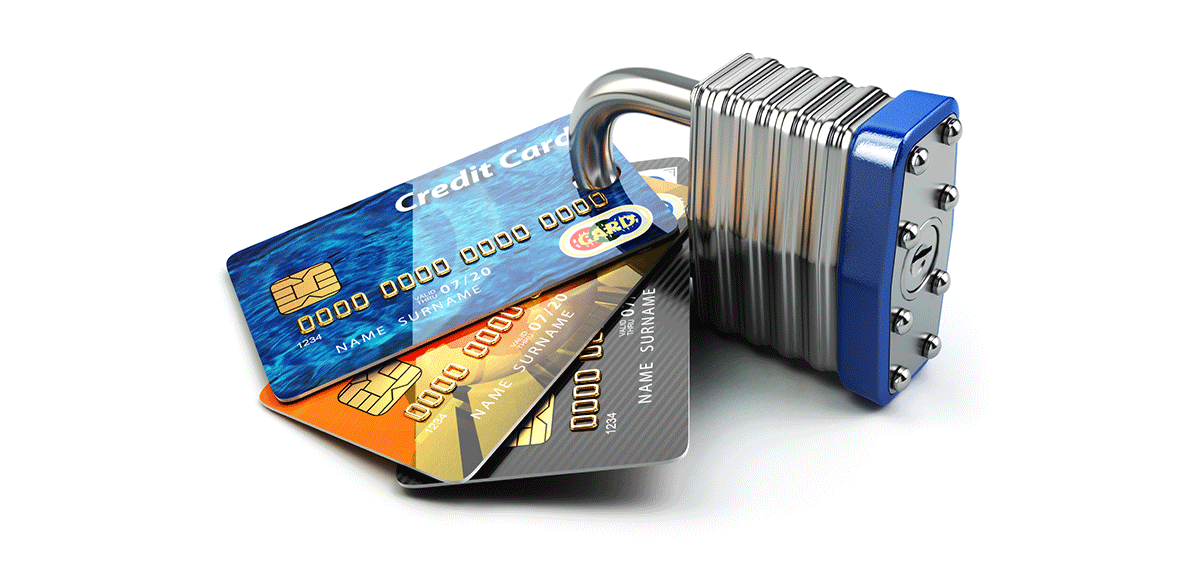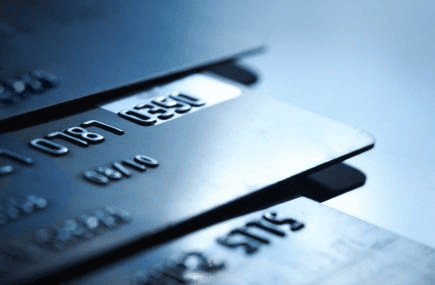Bankruptcy is a legally regulated situation in which a person or company cannot meet the payments. Many debtors, in this case, prefer to hide their heads in the sand, ignoring problems.
Sometimes, the best option for a borrower is to file for bankruptcy. In contrary to the common opinion you can restore credibility if you apply to one of the best-secured credit cards issuers and manage to pay for debts on time.
Why Refusing to Get Bankrupt Is a Bad Idea?
Such a course of actions, however, only worsens a situation as unpaid debts increase due to charge of percent, and creditors resort to more drastic measures, such as canceling a debt at the expense of the salary or banking attachments, or to arresting on real estate. As a result, there is a paradoxical situation. Because of fear of spoiling the credit history, debtors prefer to suffer such conditions rather than to begin the procedure of bankruptcy. However, the process of insolvency is a first step on the way to recovery of credit history, and recognition of the default can be beneficial.
What Happens After You Become a Bankrupt?
Shortly after you have the first record about the payment on your card debt made on time, you begin to receive offers to get the standard credit cards which are not provided an advanced payment or deposit. It is possible that initially, these offers will differ with the high-interest rates for loans. Still, the interest rate will decrease as you accumulate a positive credit history. Thus, recognizing bankruptcy doesn’t reduce the opportunity to obtain a loan if everything is done correctly.
After passing the bankruptcy procedure, it is necessary to watch indices in credit reports closely. If your credit report does not reflect that debt was honored due to bankruptcy, you should address all credit agencies. Make sure that your credit report precisely reflects financial obligations which were repaid. Similarly, suppose there is data on debts you did not make in your account. In that case, it is necessary to address immediately to credit agencies by mail or via the Internet to make necessary changes and to delete the incorrect information.
Thus, the bankruptcy procedure is the first step to recovering credit history. When the credit institution estimates potential clients from the point of view of credit risks, the candidate with a record of bankruptcy and practically without debts looks much more attractive than the candidate without data on default but with a long list of back payments and write-offs. Analyze the old mistakes, develop a new strategic plan, and move forward.





